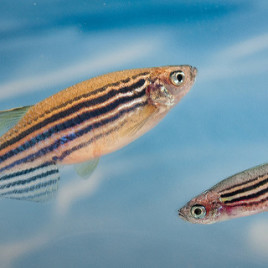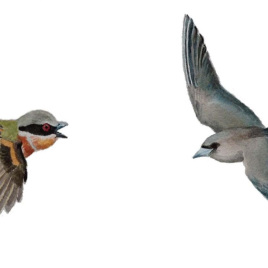As a result of climate change, low-oxygen or hypoxic areas have spread to many fish habitats over the past few years. A new study attempts to understand the effect of the exposure to hypoxic conditions during embryo development in zebrafish on their behavior later in life. Researchers found that zebrafish that were exposed to […]
Category: Paper of Interest
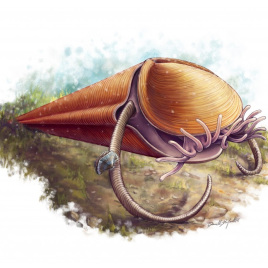
Extinct shelled fossil finds its true niche 
Hyoliths, extinct sea creatures from the Cambrian period known for their cone-shaped shell and unusual appendages, have long been mistaken for a type of mollusc. However, a recent discovery by a U of T undergraduate student revealed that hyoliths belong to a group called lophophorates. The main trait that defines living lophophorates, such as brachiopods […]
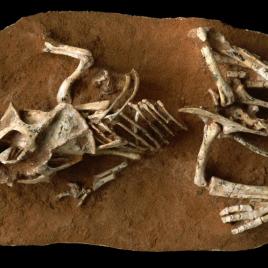
Dinosaur eggs resemble those of reptiles more than birds 
Birds are the closest living relatives of dinosaurs, which is why it was long assumed that dinosaur eggs developed similarly to avian embryos. But new research found that the incubation period for dinosaur embryos was approximately 3 to 6 months, which is closer to the development of reptile eggs. Researchers came to this conclusion after […]
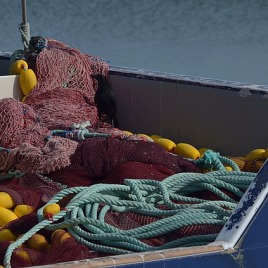
INFOGRAPHIC | New climate target could bring in six million tons of fish annually 
If countries are able to meet the Paris Agreement global warming target of 1.5 degrees Celsius, potential fish catches could increase by six million metric tons per year. Researchers found that for every degree decrease in global warming, potential fish catches could yield an annual increase by more than three million metric tons. According to […]
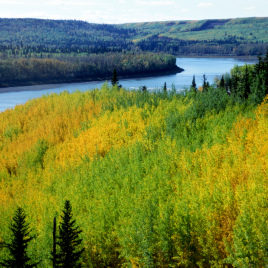
Warmer temperatures and increased CO2 levels don’t stimulate tree growth 
Warmer temperatures and higher levels of carbon dioxide associated with climate change were supposed to bode well for tree growth. But a recent study shows that this advantage isn’t seen in the trees of Canadian boreal forests. Researchers collected and analyzed tree-ring data and satellite images to determine how the changing temperatures and CO2 emissions […]
Unique Arctic Inuit adaptations to cold temperatures a gift from ancestors
Previous research has identified potential genes that help the Greenland Inuit generate heat from a specific type of body fat. A new study analyzed a large sample of genetic data to trace origins of these adaptations. The genomic data used in the study was collected from nearly 200 Greenlandic Inuits and compared to the 1000 […]
Are you a risk taker? Your brain structure might hold the answer
The older we get, the less likely we are to take risks – and this preference for familiar things may be caused by a change in our brain structures. A new study shows that risk aversion may be associated with an increase in grey matter in the right posterior parietal cortex. Researchers asked a group […]
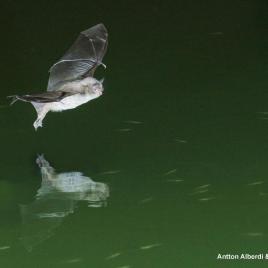
Some bats can diversify their diets with fish
Long-fingered bats that normally have an exclusively insect-based diet may catch fish in certain regions, a new study found. Researchers studied two groups of long-fingered bats – those known to catch fish and others that were exclusively insectivorous – to see their reactions to insect-like and fish-like prey. Although both groups could attack the fish-like […]
Biological pacemakers out of stem cells 
The sinoatrial node (SAN) is the heart’s primary pacemaker. The failure of its functions causes multiple cardiac problems, such as a lower heart rate and decreased blood circulation. These issues are typically addressed with a mechanical pacemaker. But a new study describes how a biological pacemaker can be developed out of pluripotent stem cells. Such […]
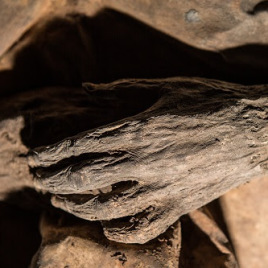
Mummy DNA shows origins of smallpox more recent than initially thought 
Prevalent theories place the origin of the deadly smallpox virus in ancient Egypt, India and China. But a recent analysis of smallpox DNA from a 17th-century mummy tells a different story. Researchers compared the strain with its modern variants, dating up to 1970s, and discovered evidence that the evolution of the modern form of virus […]
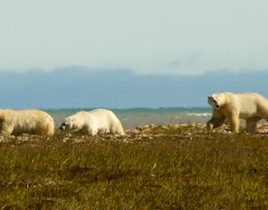
As levels of sea-ice decline, so do polar bear populations 
The Arctic sea-ice is vital to polar bears’ hunting and breeding habits. So it comes as no surprise that the decline in sea-ice as a result of anthropogenic climate change has a great effect on the polar bear populations. An international team of researchers further demonstrated this vital relationship by calculating probability in population decrease […]

Baby soothers shown to contain harmful BPA compounds
Endocrine-disrupting compounds, such as BPA, parabens, and some antimicrobials, have been shown to negatively influence hormones and produce harmful developmental effects. As such, these compounds have been banned from most baby products, such as sippy cups and baby bottles. But a new study recently found BPA, as well as other parabel and antimicrobial compounds, in […]
Our brains are wired to figure out social rank
New fMRI data shows specific brain mechanisms are involved in finding out who’s boss. In the study, subjects were asked to determine social hierarchy at a fictional organization by observing and evaluating interactions between pairs of employees. The participants also determined social rank both for a company they’d supposedly work for, or that which employs […]

Sleep deprivation makes for dangerous drivers
Drivers receive plenty of warning against getting behind the wheel while tired, but a recent study shows just how detrimental lack of sleep can be to traffic safety. Drivers who get less than four hours of sleep per night are 11.5 times more likely to crash than those who sleep for the recommended duration of […]
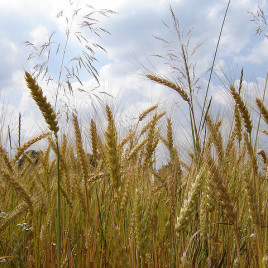
Syrian community the first to domesticate cereals – 11,000 years ago
Oldest evidence for domestication of three types of cereal – barley, spelt and farrow – was recently found at an archaeological site in Syria. Researhers say Neolithic Syrians were the first to gather wild cereals and attempt to domesticate them. They collected wild cereal grains, sowed them in autumn and harvested grain crops in late […]
